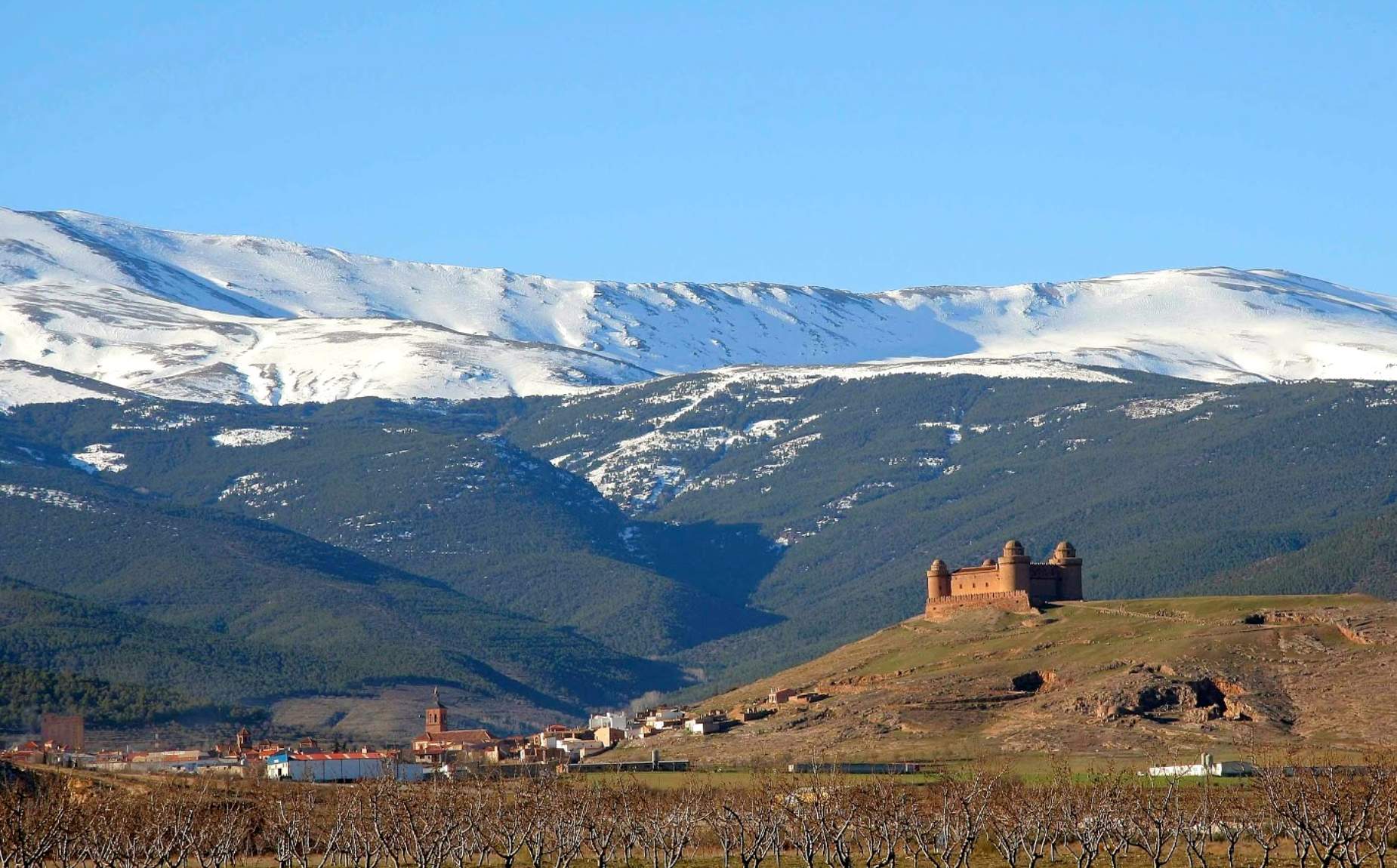Protected natural area of Sierra Nevada
Divides waters between the Mediterranean and the Atlantic.
Outstanding for its bioclimatic diversity and Andalusian flora.
Sierra Nevada is aligned from east to west with a spine or line of summits of about 90 kilometers long. This divide divides its waters between the Mediterranean and the Atlantic. On both sides the mountain range gives way to the plains, low basins, fertile plains and continental plateaus. Two slopes: the north, cold, and the south, warm, and two halves: the humid west and the dry east, define part of its uniqueness. The geological landscapes are very varied: schists and slates in the summits, surrounded by a discontinuous border of limestones and dolomites, and even some subdesert landscape in the low areas.
Sierra Nevada, with its 5 bioclimatic zones, is the most important center of plant diversity in the western Mediterranean region. It is home to 154 different plant communities, many of which are protected as Priority Habitats of the Natura2000 Network. As an example of the enormous biodiversity of the mountain range, we can cite the catalog of vascular plants, with 2,354 species, of which more than 80 are truly unique jewels in the world. In the small area of this mountain range is represented 50% of the Andalusian flora, almost 30% of the flora of peninsular Spain, and 7% of all the flora of the Mediterranean Region.birdwatching lovers also find in our mountain the opportunity to see species that are nonexistent or rare in other parts of Europe. Invertebrates are the undisputed kings for the high number of species, estimated at more than 18,000, within which, the most interesting group for the ecotourist is that of butterflies, with 120 different species. The Sierra Nevada National Park joined the National Parks Network in January 1999 and contributed to the best preserved and most diverse Spanish nature the Mediterranean high mountain ecosystems, which until then were not represented.






